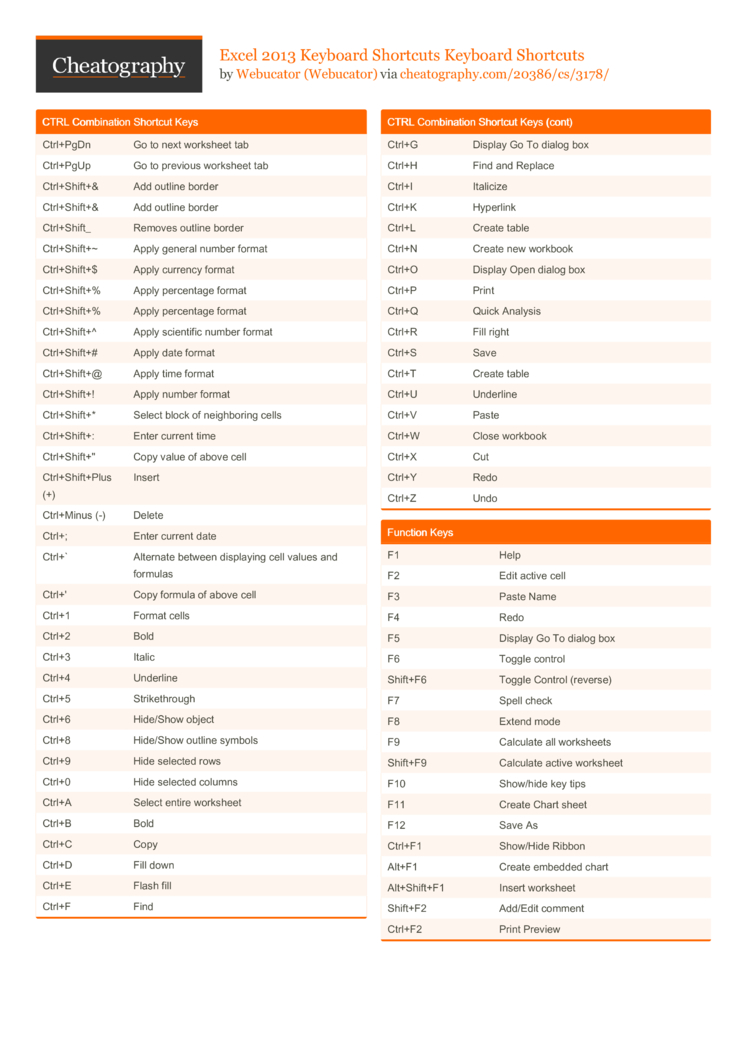
If you have any queries or opinion, please share in the comments section below. Thank you for reading this article and stay tuned for our next post. Now you have these ways, you’ll have no trouble shifting cells down. It’s crucial to shift cells down in an efficient way.

Click the right button of the mouse and choose the Insert option.For this you have to follow the following procedures: Sometimes you may require to shift a collection of horizontal cells (also called row) down in a row. Pick the option Insert Copied Cells from the ‘Home’ tab.Select the cell or cell range and copy the selected cell by pressing CTRL+C.The following steps are required to carry out this way: Pick the Insert option from the ‘Home’ ribbon Ctrl+Shift+Enter Mastering Excel Array Formulas: Do the Impossible with Excel Formulas Thanks to Array Formula Magic of 6 Mike Girvin is the author of Slaying.Here, you may proceed with the following steps: Select the cell or a collection of cells (cell range).If this response answers your question then please mark as answer. select one of these cell, tap F2 and enter and see if the formula evaluates. You can follow the question or vote as helpful, but you cannot reply to this thread. working on an array formula but I cannot figure the CTRL SHIFT ENTER on this keyboard. The following steps for shifting cells down using right-clicking should be followed: Ensure your cells with formula are formatted a GENERAL. I am currently using Office 2013 excel and Parallels. It makes workflow faster and reduces the time spent looking over a tab or ribbon. Right-clicking, also called secondary clicking, refers to pressing the right button of the mouse. For Mac, hold down the option key while pressing the return key.
WHEN TO USE CTRL SHIFT ENTER IN EXCEL WINDOWS
It varies whether you’re on Windows or Mac. If you need an efficient and time-saving way, this shortcut will match your demand perfectly.
WHEN TO USE CTRL SHIFT ENTER IN EXCEL HOW TO
Here's a link in case anyone is interested.Further Readings How to Shift Cells Down (5 Easy Ways) i. Specifically, it treats those arrays as if only the first value exists. With my experimentation, it only seems to happen in formulas which aggregate arrays generated by the INDEX function. Now I know this is the sort of problem that could be easily solved by a helper column, but I'm really curious to know what causes this. I've evaluated the formula in H2 all the way the penultimate step, and it looks correct.


Simply entering the formula on the 2020 version gives the correct results, while doing a Ctrl-Shift-Enter does not. The idea is to write a formula that sums the calculations for each name, in this case by passing multiple values to an INDEX formula to create an array of lookup results. The table beneath it contains entries tagged with categories which correspond to the appropriate multiplier (the blue numbers show the individual results). Last edited by jeffreybrown 09-02-2012 at 09:20 AM. Switch between displaying formulas and their values on a worksheet. To correct this or toggle the option on/off. Maybe the option to 'Show Formulas in Cells' is turned on. The table at the top left is a lookup table for multipliers. Okay so we know the formula works, but just not on your laptop. Here I've made a simplified example that recreates the issue: This is the default behavior in Excel, and it allows us to quickly work our way down a list when entering data into cells. However the user is on 2016, and using the same formula - the only difference being they had to enter it with Ctrl-Shift-Enter - provided them with different results. In the post I mentioned, I wrote a complex array formula that provided the correct answer on 2020 Office 365. This issue is the first time in my long and illustrious career on this sub that I've run into something about the way Excel works that I just can't explain, but it's obscure enough that it really doesn't matter except as a curiosity. Hello all, this isn't an Excel problem exactly, but something that came up while I was trying to help u/DMoogle that stumped me ( here's the post).


 0 kommentar(er)
0 kommentar(er)
